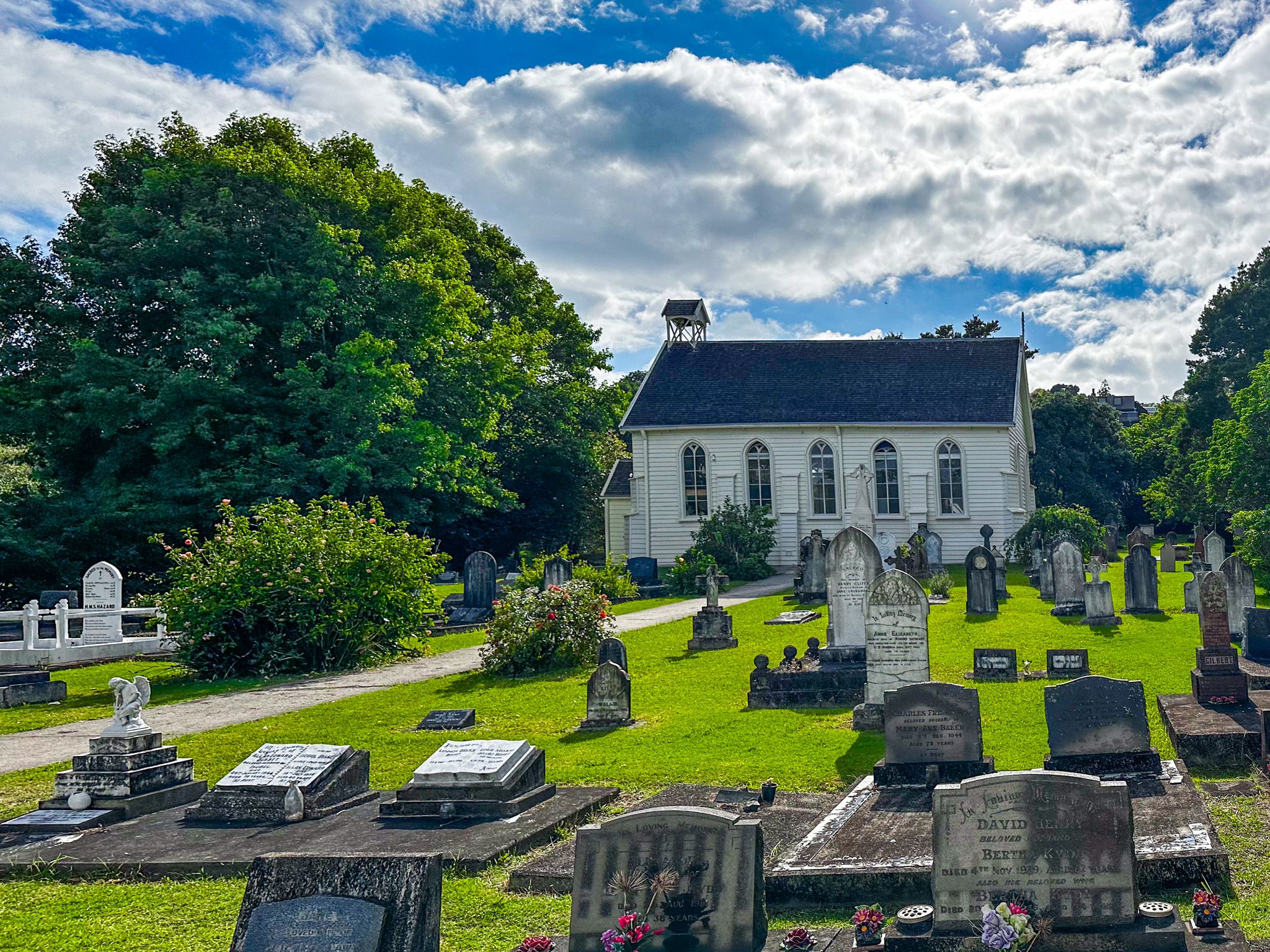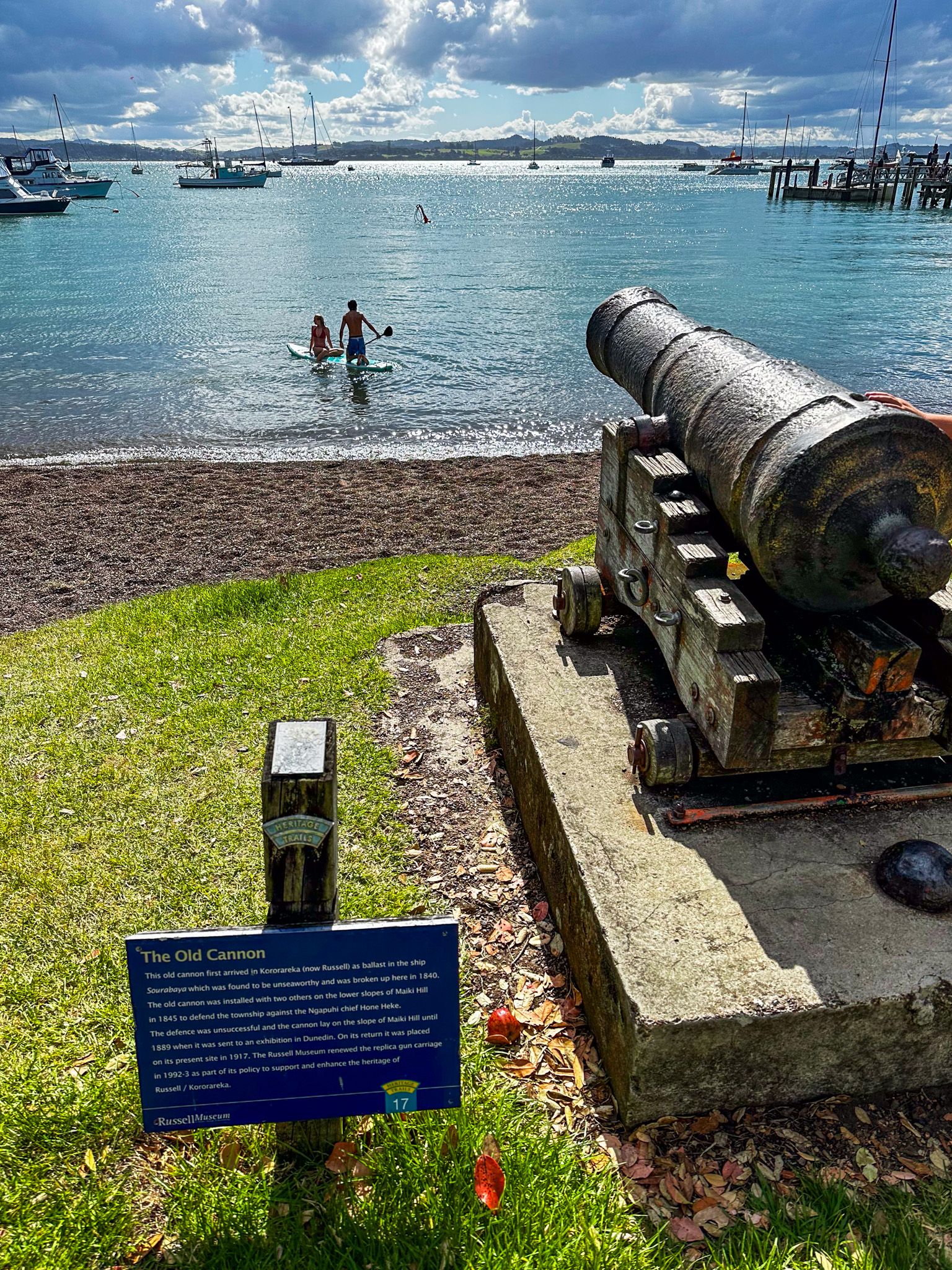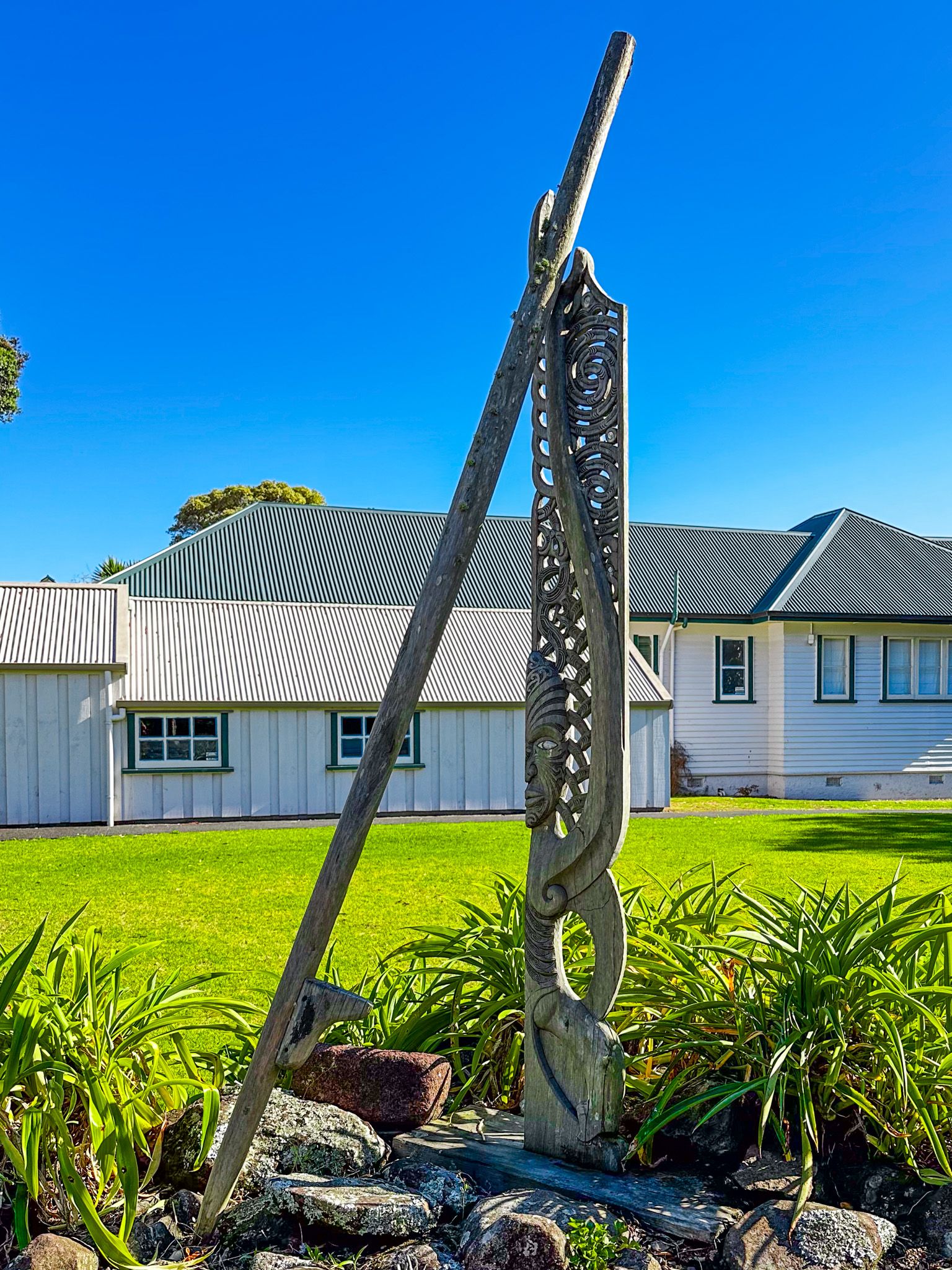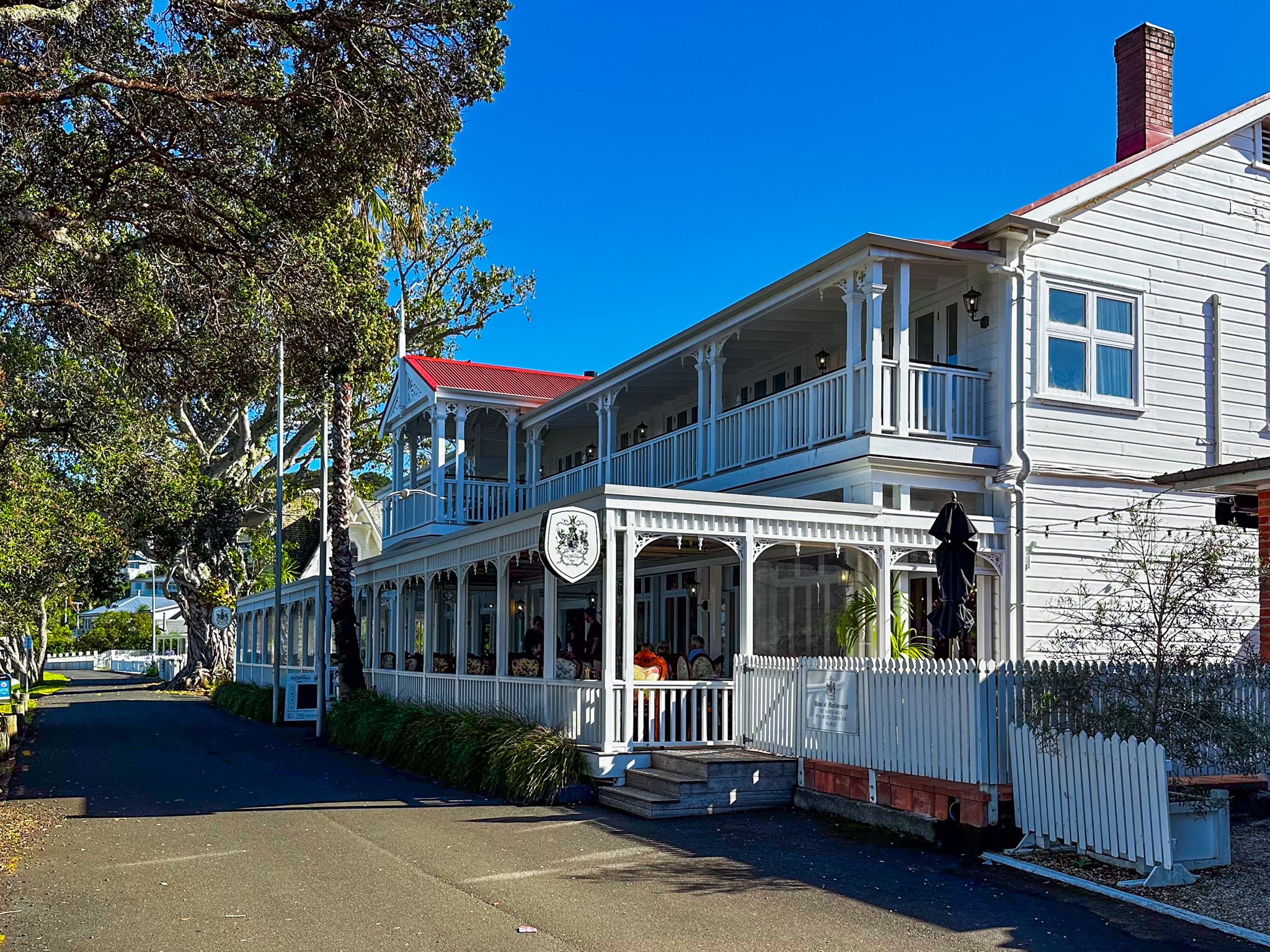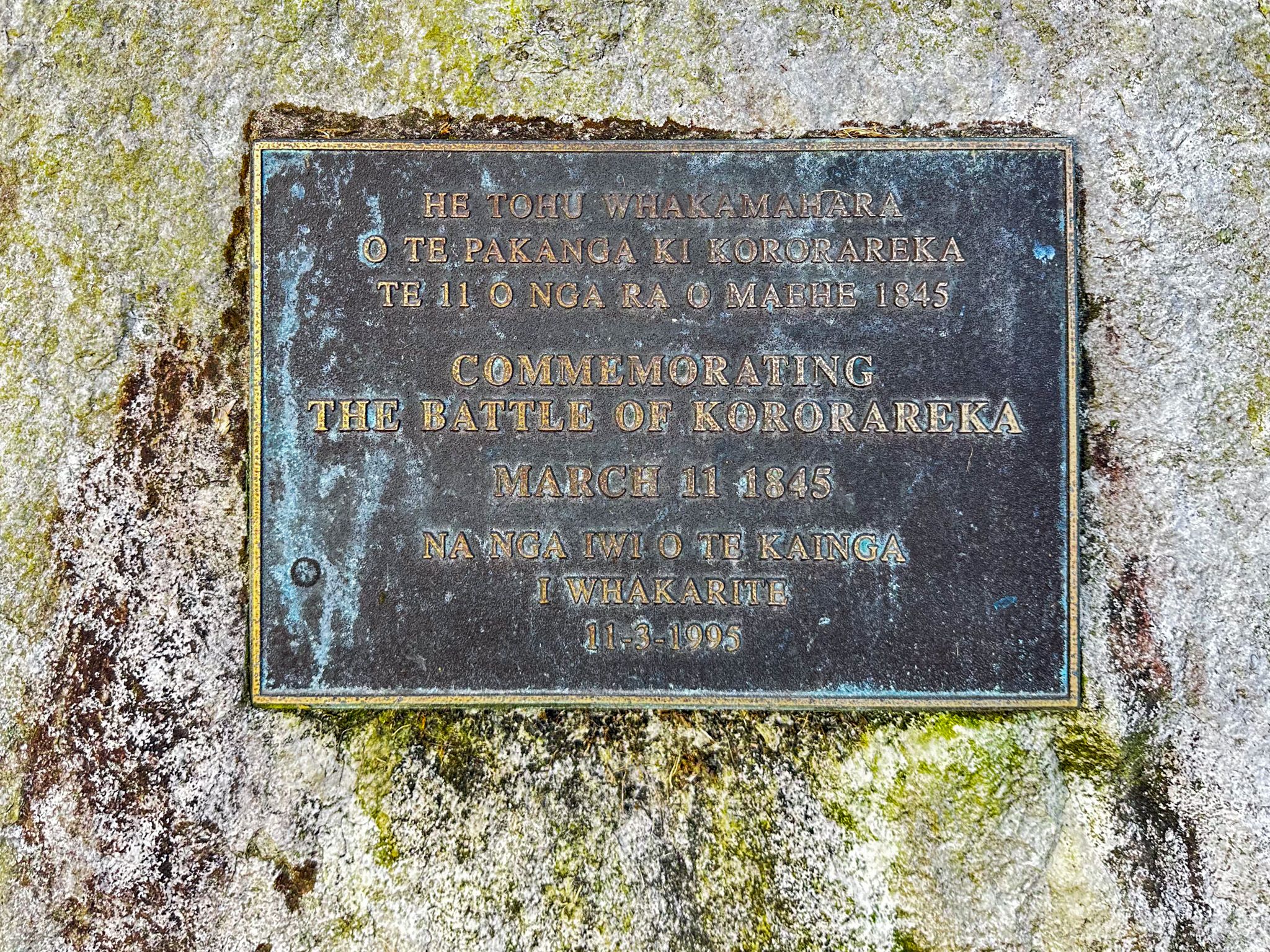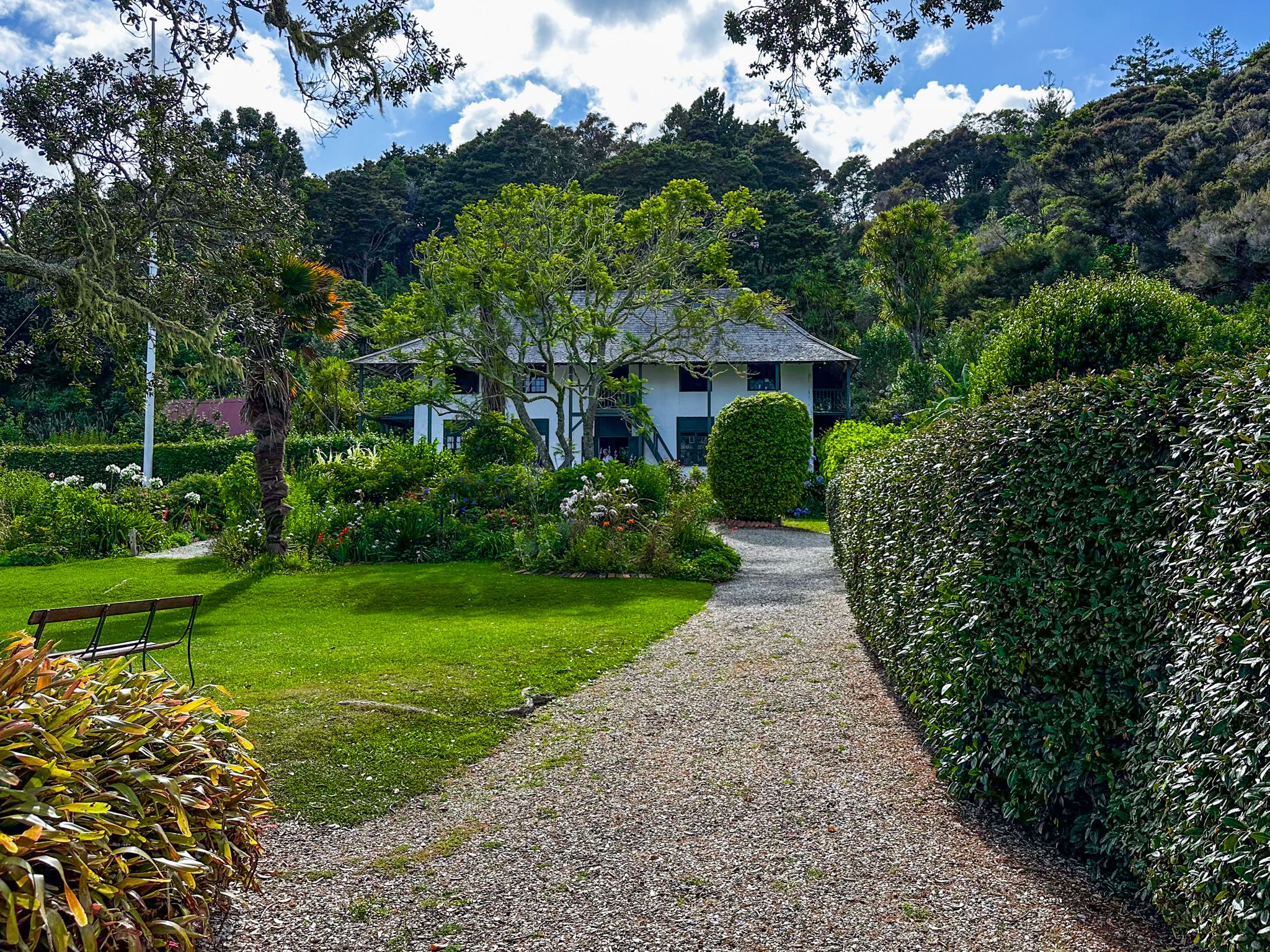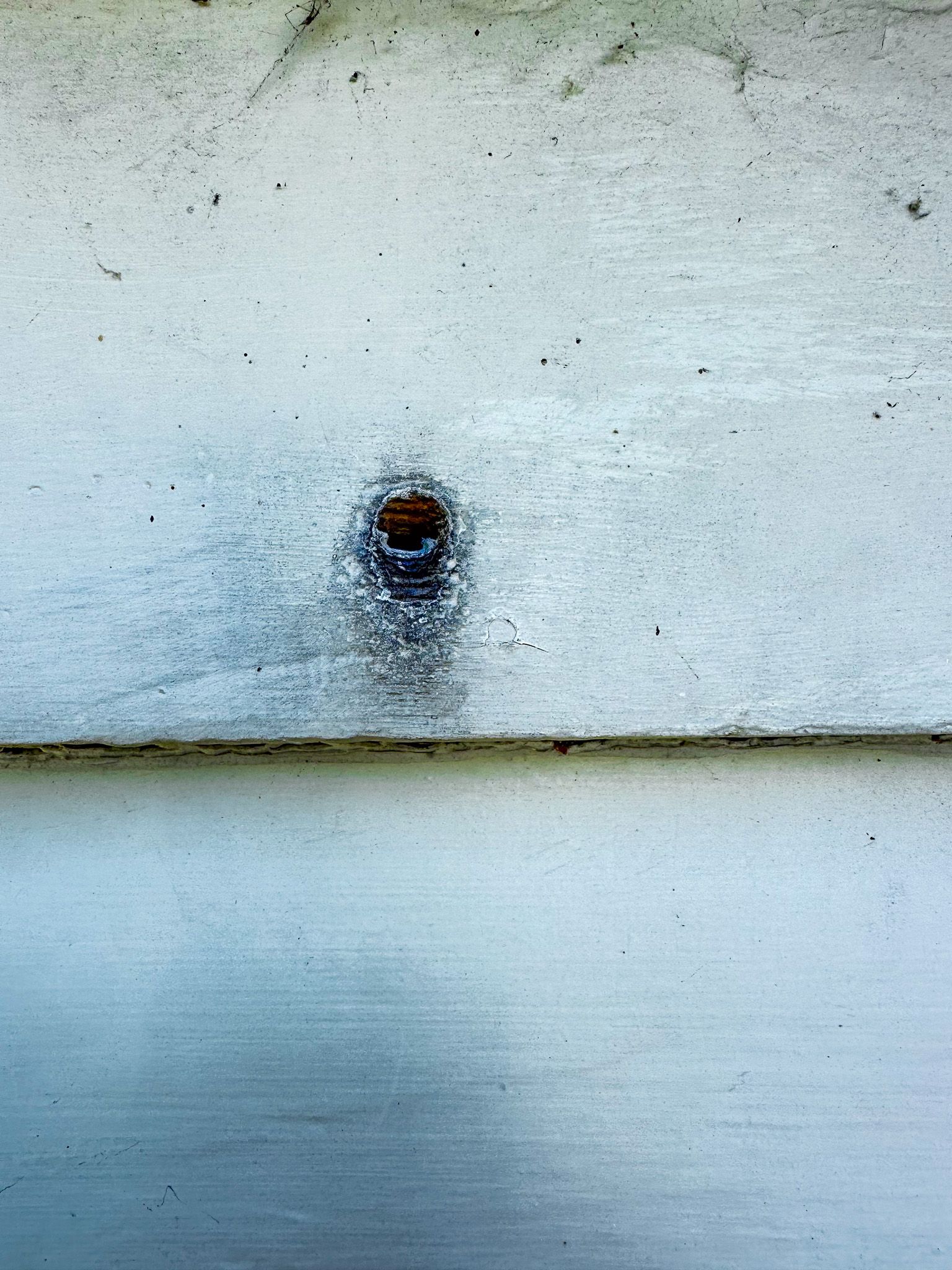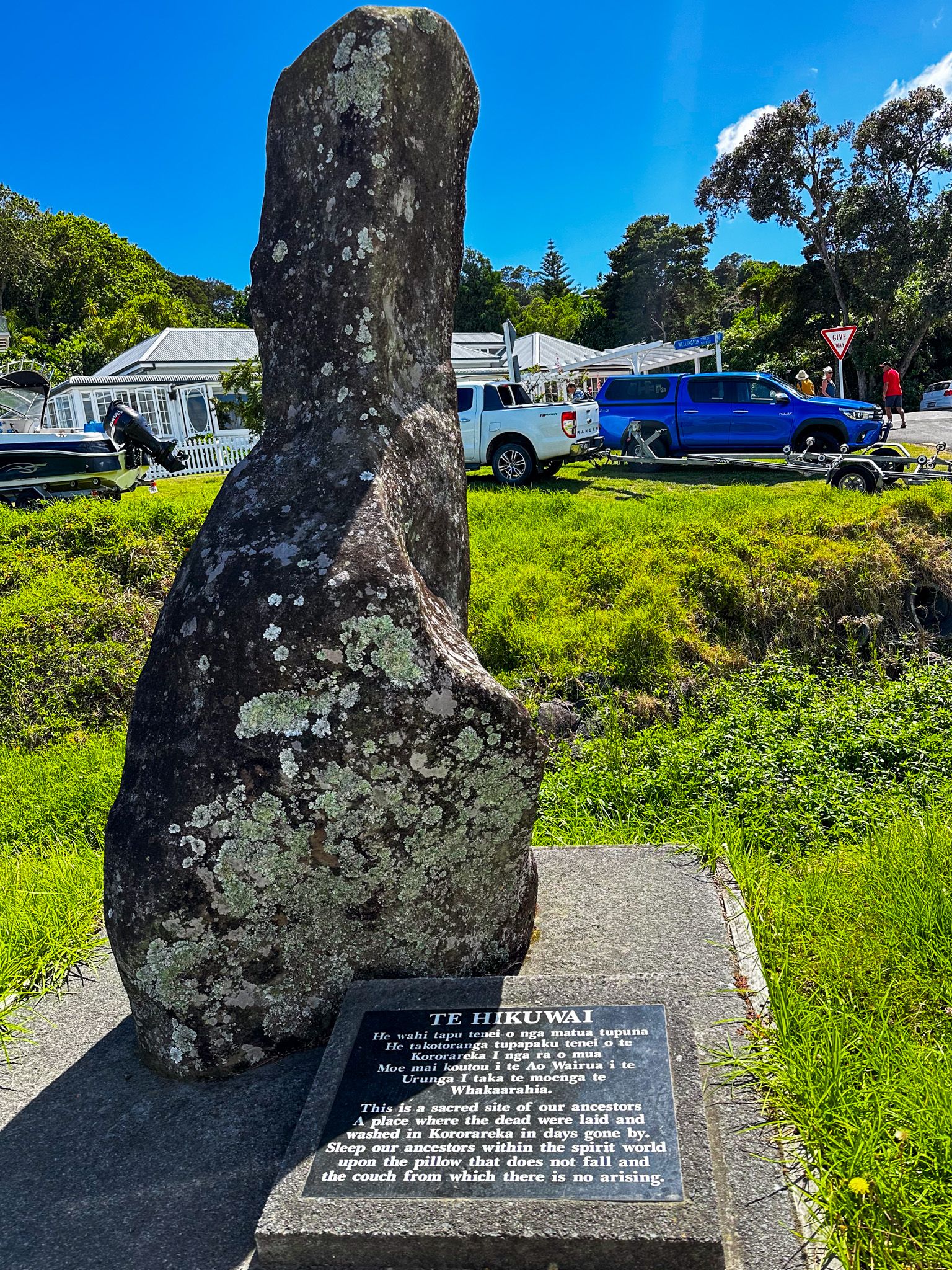The lovely coastal town of Russell in the Bay of Islands is the most historic town in NZ. The Māori had long settled the region, reflecting the food resources and fertile soil. They called it Kororāreka, which translates to “sweet blue penguin”’, which arose from a tasty penguin broth consumed by an ailing chief.
The earliest European explorers, James Cook in 1769 and Marc-Joseph Marion du Fresne in 1771, visited the area and noted its prosperity. Du Fresne’s visit ended badly. Despite initially friendly relations with local Māori, he and 25 members of his crew were massacred, possibly for a breach of tapu. The surviving French sailors killed 250 Māori in retaliation, an early demonstration of the power of guns.
The event put Europeans off for a while, but from the early 1800s, sealing and whaling ships from Europe and America started to arrive regularly, and the Bay of Islands quickly became a staging point. Local Ngāpui, led by Hongi Hika, saw the advantages of trading with the tauiwi (foreigners) and Kororāreka, supported by local Māori, developed into the first real town with European settlers and businesses to support the whalers and developing trade. Māori supplied food, timber and prostitution and received guns and other European goods. The first version of NZ’s oldest pub, the Duke of Marlborough Hotel, was built in 1827, and by 1835, Christ Church, the oldest church in NZ, was added. Interestingly, Charles Darwin visited around this time and personally contributed to the building cost.
The town was famously lawless as it developed, earning the moniker from Bay of Islands missionaries as the "Hell Hole of the Pacific". Darwin described it as a “stronghold of vice” and saw Christ Church as a “bold experiment”! European law was non-existent, and Māori left people within the town to their own devices. In 1830, the Girls' War between subtribes within Ngāpuhi broke out on the beach in front of the town following the exchange of insults between a group of young, high born Māori women competing for the attention of a ship captain, William Darby Brind. In fighting on the beach, over 100 Māori warriors were killed, and the dispute merged into the broader Musket Wars for the next eight years.
Better control of European conduct was a significant driver of the arrival of the first British-appointed NZ Resident, James Busby, at Waitangi in 1833. He proposed and encouraged Northern Māori to sign the Declaration of Independence of the United Tribes of New Zealand (He Whakaputanga o te Rangatiratanga o Nu Tireni) in 1835. Part of the drive for the declaration was fear of possible French claims of sovereignty over NZ.
By 1840, Kororāreka was small but the most significant European town in NZ. The first British governor, William Hobson, proclaimed his status there and announced the upcoming Treaty of Waitangi. The treaty was signed in Waitangi the following week, and NZ needed a capital. Hobson chose Okiato, seven km south of Kororāreka, and renamed it Russell after the British Secretary of State for the Colonies, Lord Russell. However, Hobson quickly decided that Auckland was a better option, and Russell/Okiato was deserted. In January 1844, a new governor, Robert FitzRoy, designated Kororāreka as part of the township of Russell, and the name Kororāreka now only applies to the bay in front of the town centre.
Until the 1840s, the Anglican Church Missionary Society dominated missionary activity in the Bay of Islands. In 1841–42, Jean Baptiste Pompallier established a Roman Catholic mission with a printing press to produce Māori language bibles. You can visit the buildings and gardens at the south end of Kororāreka Bay.
The Flagstaff War, the first of the several wars between Māori and the new government, also started near Kororāreka. Ngāpui, led by Hōne Heke, protested government tax policies and the move of the capital to Auckland that negatively impacted the iwi. The British flagstaff on nearby Maiki Hill was repeatedly cut down as a protest, leading to war in 1845. The Battle of Kororāreka led to the destruction of most of the town’s buildings, including the Duke, following the evacuation of the locals and shelling by a British ship. Christ’s Church and Pompalier Mission survived, but you can easily find bullet holes on the side of the church today.
The church graveyard is also historic. The original sale of land by the iwi to support the church required equal burial rights for Europeans and Māori. Historic graves include Tamati Waka Nene, one of the first to sign the Treaty of Waitangi, Hannah King Lethbridge, the first European woman born in NZ, and some who fell in the Battle of Kororāreka.
